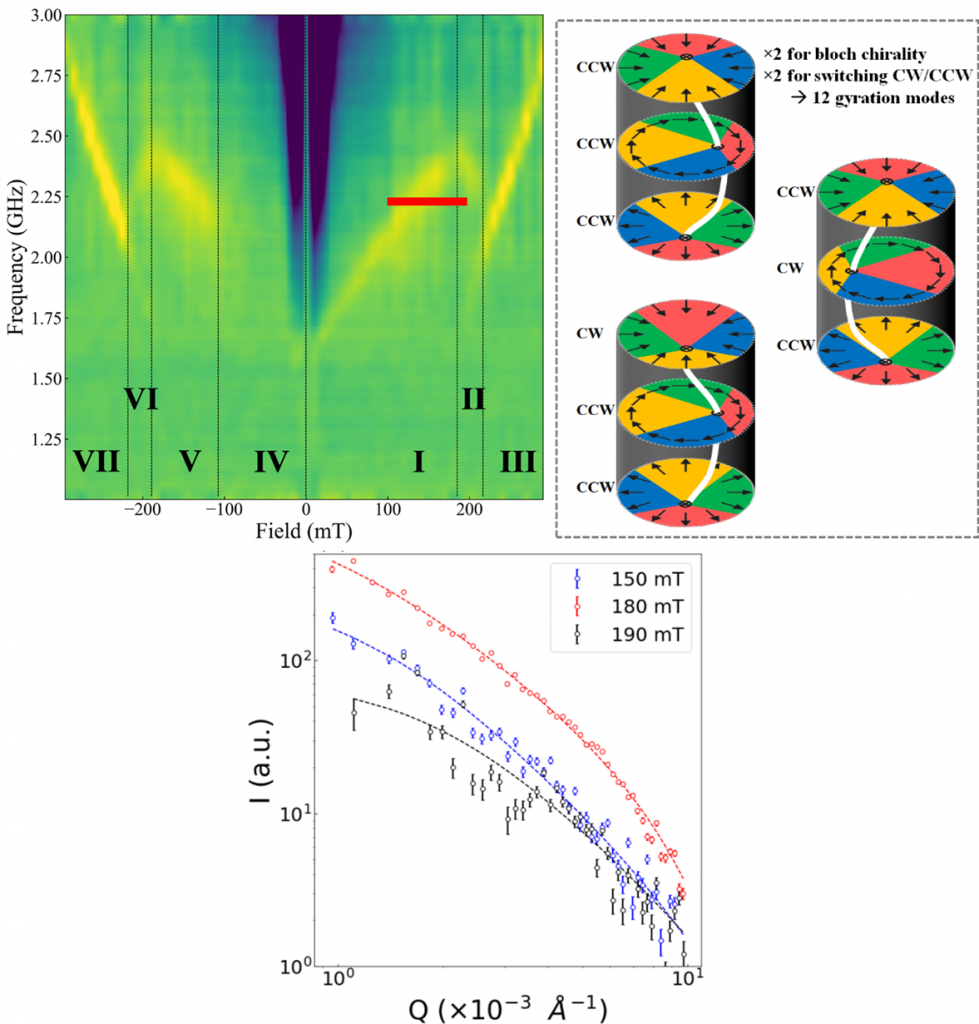
[email protected]
Assistant Professor, Materials Science and Engineering, University of Tennessee, Knoxville
Research focus: Quantum Materials, e.g. synthesis, molecular quantum systems, 2D materials, quantum magnetism, strongly correlated electron systems, Quantum Control and Measurement, e.g. spectroscopy, out of equilibrium quantum measurement and sensing, transport, and devices.
Website https://volweb.utk.edu/~dgilber8/
Bio
Dustin Gilbert is an Assistant Professor in the Materials Science and Engineering Department, at the University of Tennessee. He received his Ph.D. in Physics from the University of California in Davis in 2014 and was an NRC postdoctoral fellow at the NIST Center for Neutron Research before joining the faculty at the University of Tennessee in 2018. Prof. Gilbert conducts research on nanoscale systems with an emphasis on magnetic materials and spin phenomenon. This research has included magnetic skyrmions, hard drive materials, biomedical materials, magneto-ionic systems, and high entropy alloys and oxides, as well as fundamental research into proximity effects and hysteretic reversal processes. Recently, Dr. Gilbert was awarded a DOE Early Career award to investigate chiral magnetic structures, including specifically magnetic skyrmions, using neutron and X-ray scattering.
Research Description
We perform thin-film growth, characterization (low-temp, 1.8K, transport, magnetometry, FMR), and neutron and X-ray scattering. Some of our materials and materials systems fall into the category of quantum materials, and all of these techniques can be used to investigate quantum materials.
Recent research
https://onlinelibrary.wiley.com/doi/10.1002/adma.202001460
https://doi.org/10.1126/sciadv.aaz8463
https://doi.org/10.1103/PhysRevMaterials.3.104406
https://doi.org/10.1038/s41467-018-05166-9
https://doi.org/10.1103/PhysRevMaterials.3.014408
Research Image
